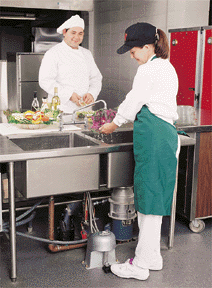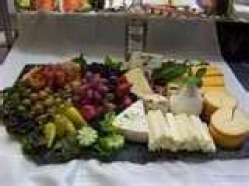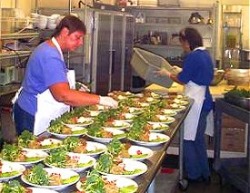Safe Foods
Food Preparation .
The term "cooking" encompasses a vast range of methods, tools and combination of ingredients to improve the flavor or digestibility of food. Cooking technique, known as culinary art, generally requires the selection, measurement and combining of ingredients in an ordered procedure in an effort to achieve the desired result. Constraints on success include the variability of ingredients, ambient conditions, tools, and the skill of the individual cooking
Cooking requires applying heat to a food which usually, though not always, chemically transforms it, thus changing its flavor, texture, appearance, and nutritional properties
It’s no coincidence that “Health” comes first. As the doctors say, you are what you eat. However. Most people today spend their lives in the pursuit of health, wealth and happiness, many people take efforts to buy good, nutritious food for themselves and their loved ones, only to undo their effort through unhealthy cooking
Food borne illness are usually caused by improper handling, preparation or storage of food.Good hygiene practices before during and after can reduce the chances of illness. it can reduce but not always prevent because it can be sometime be other reasons for contamation.
Food poisoning can lead to serious health problem and even death especially for ,babies, young children ,pregnant women elderly the sick and those with weak immune system.
Bacteria and viruses need to be thought of as hitchhikers that can be carried around and deposited wherever contact is made. A dirty knife will deposit bacteria on freshly cooked meat. Dirty hands will deposit bacteria on the next sandwich you make. A dirty chopping board which has just had raw chicken on it will transfer those bacteria on fresly cooked meat
Dirty hands will deposit bacteria on the next sandwich you make. A dirty chopping board which has just had raw chicken on it will transfer those bacteria to your lettuce if you choose to use it without washing and sanitizing first.
How can I make sure my food is safe? 1. Temperature Control The bacteria that commonly cause food poisoning grow rapidly between 5oC and 60oC, this is commonly referred to as the “temperature danger zone”. To keep food safe:
don’t leave perishable foods in the temperature danger zone for longer than 2 hours
keep cold food in a fridge, freezer below 5oC until you are ready to cook or serve, eg if you are serving salads keep them in the fridge until ready to serve
keep hot food in an oven or hot box, above 60oC until you are ready to serve
refrigerate leftovers as soon as possible, within 2 hours. If reheating leftovers, reheat to steaming hot
never defrost foods on stove top. Foods should be defrosted overnight in the fridge or in the microwave .
Preparation
Always check your food ingredients for wholesomeness before you start. The use-by-date, the look and the smell are excellent indicators that the item has not spoiled.
Don't thaw foods at room temperature. Thaw frozen food completely in the refrigerator, or in a microwave oven if cooking immediately.
Keep food clean by avoiding cross-contamination. Keep dirty preparation activities well away from clean or cooked food. Do not share utensils, plates and chopping boards between dirty operations and clean cooked food. In between handling raw and cooked foods, wash utensils such as tongs, knives and chopping boards with hot soapy water. Make sure that utensils and equipment are always clean.
Wash hands thoroughly before preparation, after going to the toilet, and after handling pets and raw food. Use soap and warm water, rubbing for at least 30 seconds because of the risk of serious illness



